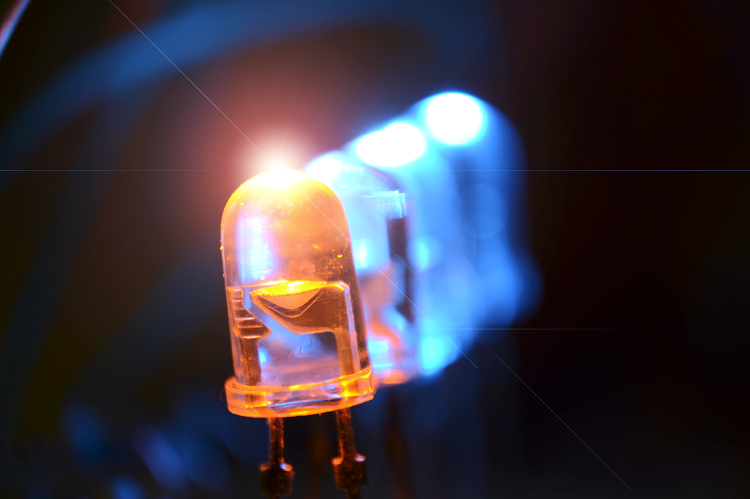
LED lighting is a cost-effective, energy-saving alternative to conventional lighting options, even in historic and non-standard buildings. For universities, palaces, churches and museums, LED lighting offers enormous versatility to create different atmospheres in different parts of the building, shape user experiences and also cut the cost of lighting.
If you have already partially upgraded to LED lighting or are thinking of doing so, there are several important lighting regulations you need to know, which apply to buildings used as public spaces, or for health care, business or educational purposes The main ones are summarised here in this article.
The focus of government legislation for lighting hinges on luminaire performance. Since the publication of the Domestic Building Services Compliance Guide (Part L) in 2013, the minimum efficiency for non-domestic lighting is 60 lm per watt.
This effectively spells the death knell of incandescent and fluorescent lighting, with traditional light bulbs giving out only a meagre average of 15 lm per watt. The regulations have prompted a lighting redesign or review by many public organisations, and you may have been among them.
Guidelines are also contained within the HSE’s publication HSG38: Lighting at Work, first published in 1998 and updated in 2016.
Principles Of Modern Lighting Design
According to these sets of regulations, a modern lighting design must now demonstrate compliance to the following principles:
1) Lighting levels are sufficient to allow building occupants to visually assess risks and notice hazards.
2) Light levels are appropriate to the environment and type of activity in the building i.e. it must not pose a fire hazard.
3) Light must allow users to undertake the intended purpose of the building without placing strain on their eyes, e.g. information panels at museums should be adequately illuminated.
4) Users must be able to distinguish between colours – an important health and safety point for signage.
5) There must not be excessive glare, strobe or flicker effects caused by the interaction of lighting with surfaces.
6) There should not be extreme differences in illumination within the same area or between adjacent areas.
7) The lighting design should not itself pose a health and safety risk to users.
8) Lighting architecture should be designed to facilitate safe access for maintenance.
9) Adequate emergency lighting must be provided.
Why Upgrade To LED Lighting?
Lighting regulations encompass a complicated web of environmental, legal, health and safety and efficiency stipulations. Efficient lighting design is not a matter that an organisation can any longer afford to ignore, as the demands for efficiency include both domestic and non-domestic buildings. Fortunately, LED lighting offers a cost-effective way of fulfilling the letter and spirit of the law while also creating a positive benefit for your organisation in terms of cost savings and increased versatility.
Solid reasons for upgrading to LED lighting can be found in our new e-book: Why Upgrade to LED Lighting? Access a free copy today by clicking here.



